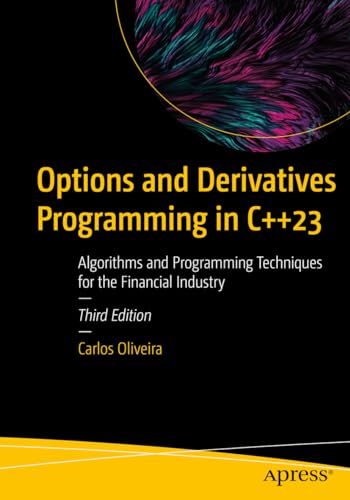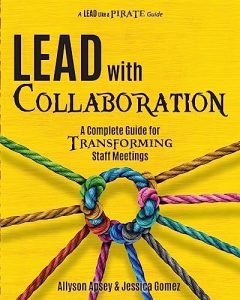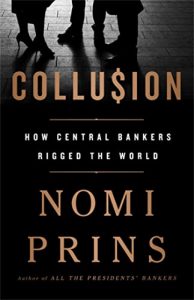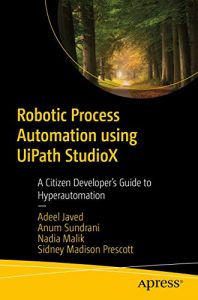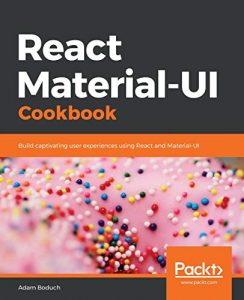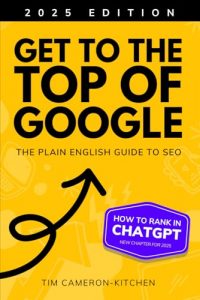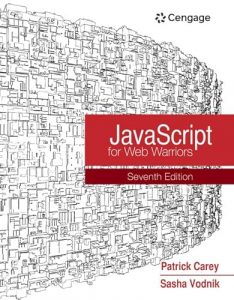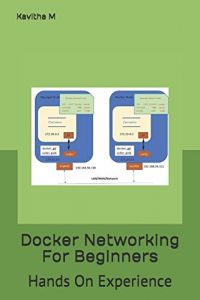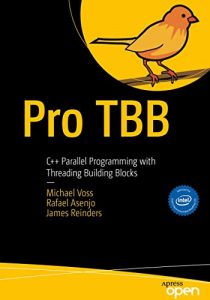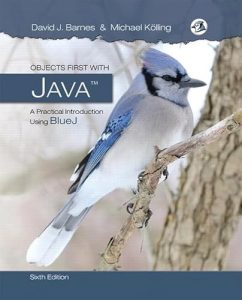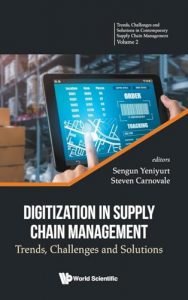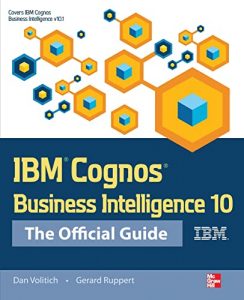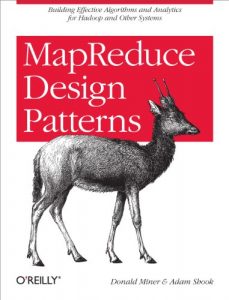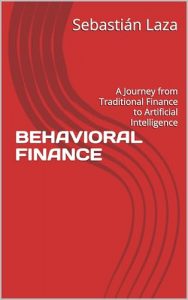1. Options and Derivatives Programming in C++23
Authored by Carlos Oliveira, this book is a definitive guide for those looking to explore the intricate world of options and derivatives in the financial sector. It dives deep into programming techniques and algorithms that are pivotal for financial analysis, integrating modern C++ practices that reflect the latest advancements in the programming language. If you’re keen on mastering financial programming, this book offers a rich blend of theoretical foundations and practical applications. Ideal for both budding students and seasoned professionals, it enhances your technical competencies, crucial in today’s data-driven financial environments.
2. Actuarial Finance: Derivatives, Quantitative Models and Risk Management
This comprehensive work by Mathieu Boudreault and Jean-François Renaud is essential for anyone serious about actuarial finance. It expertly explains complex quantitative models and their applications in risk management and derivatives trading. The authors break down intricate theories into digestible sections, making advanced topics accessible while ensuring a robust mathematical understanding. Readers will benefit significantly from the book’s practical examples that bridge the gap between theory and real-world application, making it a must-have resource for future actuaries and finance professionals seeking to deepen their insights into quantitative finance.
3. Python for Finance Cookbook: Over 80 Powerful Recipes for Effective Financial Data Analysis
Eryk Lewinson’s Python for Finance Cookbook is a treasure trove for finance professionals looking to harness the power of Python programming. The book comprises over 80 well-structured recipes that cater to various aspects of financial data analysis, making complex tasks relatively straightforward. From data wrangling to financial modeling, readers will find actionable techniques that can be implemented in their projects. The ease of following these recipes not only boosts productivity but also ingrains proficient coding practices essential for today’s quantitative analyst. This second edition brings updated content relevant to current market trends.
4. Statistical Analysis of Financial Data: With Examples In R
James Gentle’s book is a quintessential read for analysts and statisticians eager to apply statistical analysis in finance. The book effectively utilizes R programming, providing readers with both theoretical insights and practical examples. Its structured approach covers essential concepts like time series analysis, regression models, and risk assessment, offering a well-rounded understanding of how statistical methods apply to financial data. This book is especially beneficial for those entering fields involving significant data work, as it combines solid statistical approaches with practical exercises that aid in cementing the reader’s knowledge.
5. Essentials of Excel VBA, Python, and R: Volume II
This multidisciplinary guide by John Lee and co-authors explores the integration of Excel VBA, Python, and R in finance, focusing on derivatives, risk management, and machine learning. This extensive book is suitable for both beginners and seasoned experts looking to refine their skills in financial tools and techniques. It promises invaluable insights into building dynamic financial models and implementing machine learning algorithms effectively. With practical examples and step-by-step instructions, the book serves as a jumping-off point for readers aiming to thrive in the competitive finance landscape.
6. Options and Derivatives Programming in C++20
Another remarkable work by Carlos Oliveira, this edition enriches the field of financial programming with C++20, catering to the modern finance professional’s need for innovative programming strategies. With updated methodologies and examples, the book retains its predecessor’s core content but augments it with contemporary approaches suited to modern challenges in the financial industry. Geared towards those who have some programming experience, this book takes you a step closer to mastering tools necessary for advanced options and derivatives analysis.
7. An Introduction to Mathematical Finance with Applications
Written by Arlie O. Petters and Xiaoying Dong, this book is an excellent introductory material for understanding mathematical finance fundamentals. It addresses critical concepts such as risk-neutral pricing and derivative pricing models, all while fostering a strong financial intuition. The authors present complex theories with clarity, driven by practical applications that ensure readers can translate theoretical knowledge into practical skills. Perfect for undergraduate students and early finance professionals, it sets the groundwork for a successful career in finance.
8. Financial Mathematics, Derivatives and Structured Products
Chan’s work is essential for those delving deep into financial mathematics. This book provides a thorough exploration of derivatives and structured products, delineating their behavior and applications in modern finance. The content is replete with practical examples that equip readers to tackle real-world financial challenges effectively. This multifaceted resource addresses a variety of mathematical models, essential for anyone involved in finance, particularly in risk management and product structuring. A solid resource that guides readers through the complexity of financial instruments.
9. Pricing Models of Volatility Products and Exotic Variance Derivatives
This title by Yue Kuen Kwok and Wendong Zheng delves into specialized areas of financial derivatives—volatility products and exotic options. The book offers a detailed examination of pricing models that are pivotal for quantitative analysts and practitioners dealing with complex financial instruments. It simplifies heavy technical content without sacrificing depth, encouraging those less familiar with these topics to grasp advanced concepts. A must-read for advanced professionals seeking to expand their toolkit with sophisticated pricing strategies in the context of modern financial markets.
10. C++ Design Patterns and Derivatives Pricing
M. S. Joshi’s book brings together object-oriented programming principles with finance, especially focusing on pricing derivatives using C++ design patterns. This resource emphasizes design efficiency and enhancing the analytical capabilities of the financial analysts. By understanding design patterns, readers can achieve reusable and flexible code, essential for developing complex financial applications. Combining theoretical insights and practical design challenges, it serves as a sophisticated resource for programmers keen on finance.

